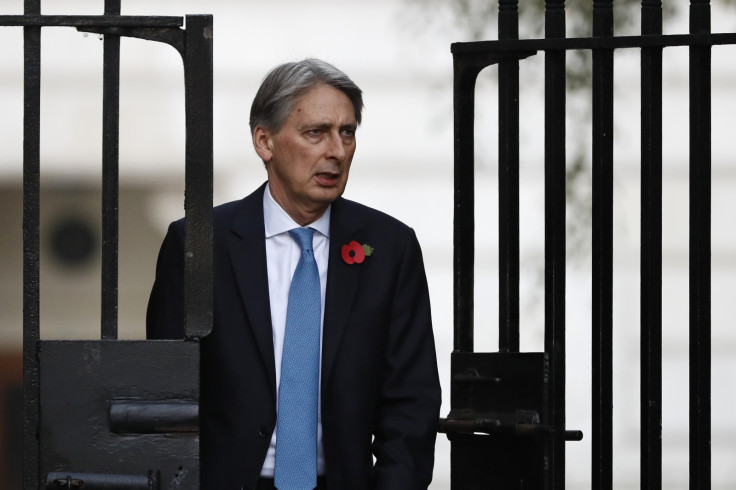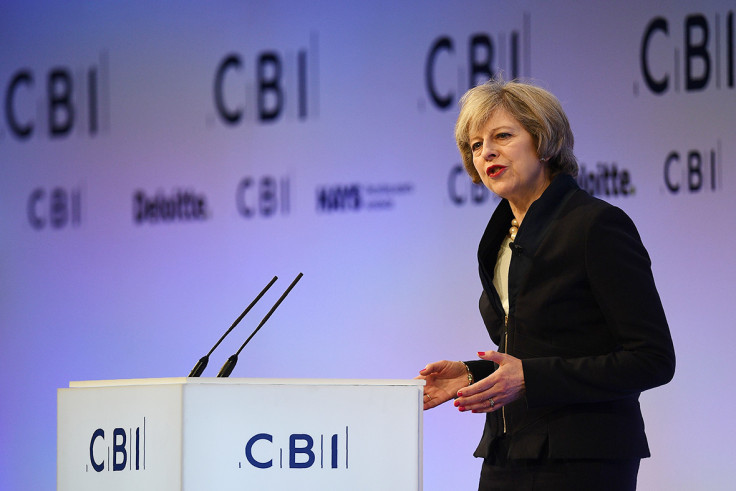Autumn Statement checklist: Hammond's ever-decreasing circles
Brexit and bond sell-offs since the US presidential election have limited the Chancellor's options.
Until a few weeks ago this week's Autumn Statement promised to be the most important economic announcement by a Chancellor since Labour's Alistair Darling 2009 Budget, which shored up the economy after the full force the financial crisis became apparent. But events have changed all that.
Conservative Chancellor Philip Hammond's mini-Budget was set to lay new foundations for post-Brexit Britain. But instead Hammond is expected to hold the line on Wednesday (23 November) against rising prices and stagnant investment next year, as the government prepares its European Union negotiations and readies itself for the unknown quantity of a Donald Trump administration in the US.
What is the Chancellor likely to do?
Hammond is expected to spend an extra £1.3bn on improving Britain's roads. It was widely trailed by Treasury officials at the weekend. The roads investment will include £220m to tackle "pinch-points" on Highways England roads.
There will also be £27m of funding for an expressway connecting Oxford, Milton Keynes and Cambridge.
Prime Minister Theresa May told the CBI's annual conference on Monday 21 Novemberthat corporation tax is already due to come down to 17% in 2020 – the lowest rate in the G20 – but Britain could drop the rate to 15% if Trump fulfilled his promise to cut US business tax to that level.
She has also promised the employer's group a new industrial strategy that will include an extra £2bn a year by 2020 to support research and development.
Other measures planned in the Autumn Statement could include a continued freeze in fuel duty, cuts to air passenger duty and childcare subsidies.

Labour says some working families will lose up to £1,300 a year by 2020 if planned benefit cuts go ahead.
This will prove difficult for the government as May has pledged to fight for Jams – families who are "just about managing". These are people in in precarious jobs, struggling to pay the mortgage, worried about the cost of living or anxious about getting their children into a good school. The Resolution Foundation estimates that there are six million working-age households on low to middle incomes.
But the Chancellor has little room for manoeuvre and is expected to pull few rabbits out of his hat on Wednesday.
What has changed for the Chancellor over the last few weeks?
Hammond has been buffeted by investors pouring out of UK bonds since June's Brexit vote.
Investors have dumped gilts since early October on fears that a "hard Brexit" would harm the British economy. Trump's election victory gave global bond markets a further jolt as fund managers bet his economic plan would boost growth and inflation. Ten-year government borrowing costs stand at 1.41%, having dropped to record lows just above 0.5% in August.

Recent moves in bond markets have robbed him of a windfall worth about £8bn, estimate economists.
The fall in the value of the pound since the Brexit vote has pushed up inflation expectations, with the Bank of England predicting consumer price inflation will hit 3% by early 2018.
The result is that Hammond will unveil a smaller-than-expected infrastructure spending programme of £5bn.
As recently as the start of last of this month the City had expected a wide-ranging £15bn infrastructure boost.
Labour shadow Chancellor John McDonnell, he said, would invest an extra £500bn in the economy over 10 years to boost economic growth by 1-2%, half of which would be leveraged from the private sector through a national investment bank.
But at least Hammond has been released from the pressures of trying to balance the UK's books by 2020. His predecessor George Osborne originally said the deficit would be wiped out by this year, but had to push it back to 2020 when it remained at £57.6bn – higher than in 2008/09. Osborne ditched trying to hit a surplus altogether in July, following the Brexit vote.
What effect will this have on the public finances?
Hammond is expected to admit to the largest deterioration in British public finances since 2011 on Wednesday, when the official forecast will show the UK faces a bill for Brexit of up to £100bn within five years.
Slower growth and lower-than-expected investment will hit tax revenues hard, official numbers are forecast to show.
While growth in 2016 has remained resilient, the government's independent spending watchdog the Office for Budget Responsibility is expected to cut its projection for 2017 to around 1.3%, from a previous projection of 2.2%.
The Institute for Fiscal Studies recently estimated that the UK would have to borrow an extra £61.8bn over the next four years due to the expected slowdown in the economy. PwC and Morgan Stanley believe the hit is closer to £100bn by 2021.
© Copyright IBTimes 2025. All rights reserved.






















